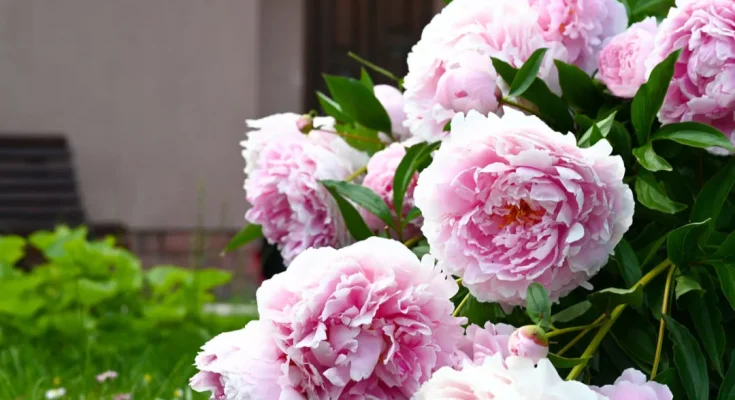Peony flowers are undeniably stunning, looking wonderful in a vase and just as good out in the garden. With the right care and attention, they will put up masses of blooms that are short-lived, but no less beautiful.
These plants are known for their long lifespans. You can even visit a tree peony today that was planted over 400 years ago, still blooming strong. But this long lifespan requires consistent care, especially at the end of the flowering season.
Post-flowering care for peonies is not difficult. As long as you don’t forget about them at the end of the season, you should have no trouble keeping them going with these easy tasks.
About Peonies
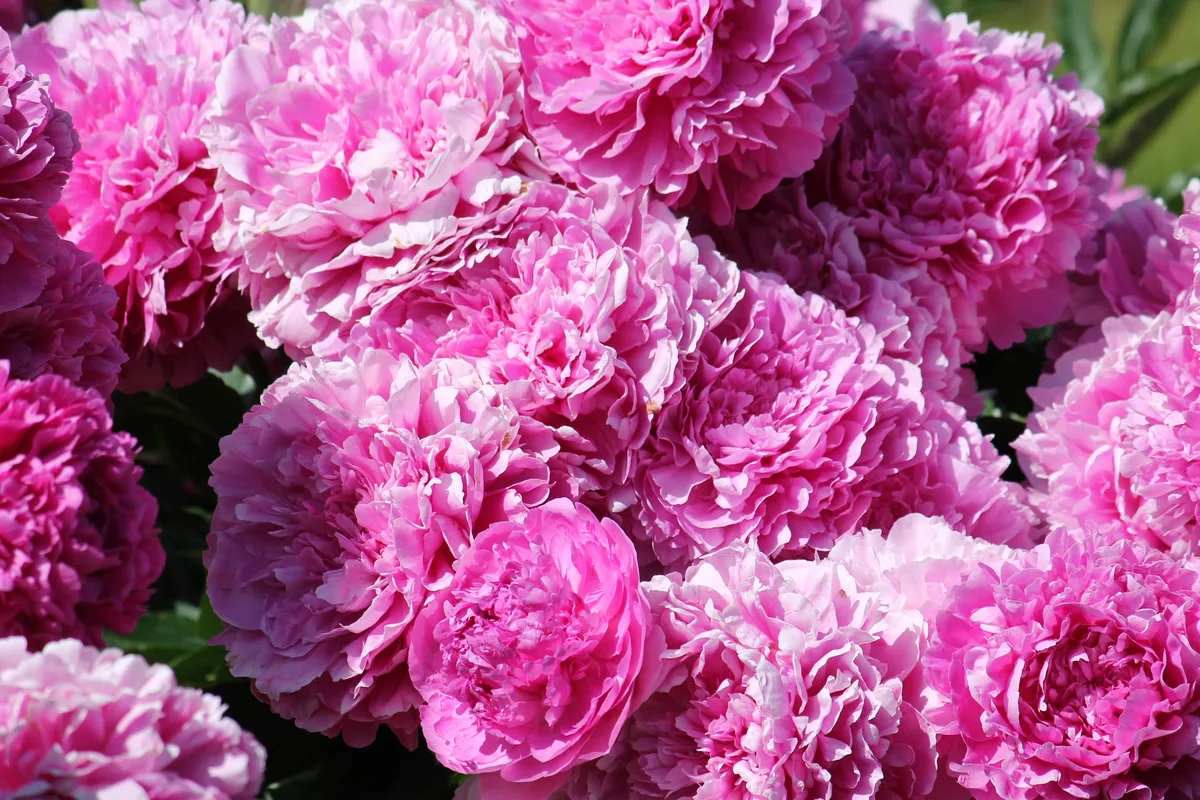
Peonies are part of the genus Paeonia and are the only plant in the family Paeoniaceae. This family contains around 33 species, although scientists continually debate that number. Their native habitats extend across the northern hemisphere – from America to Europe and Asia – usually found along the coast in mountainous habitats.
One of the most sought-after cut flowers, peonies are widely grown as ornamental plants. Their ability to withstand cold weather – and in fact, their preference for cold weather – make them ideal garden plants for cooler regions that can’t grow many of the popular ornamentals.
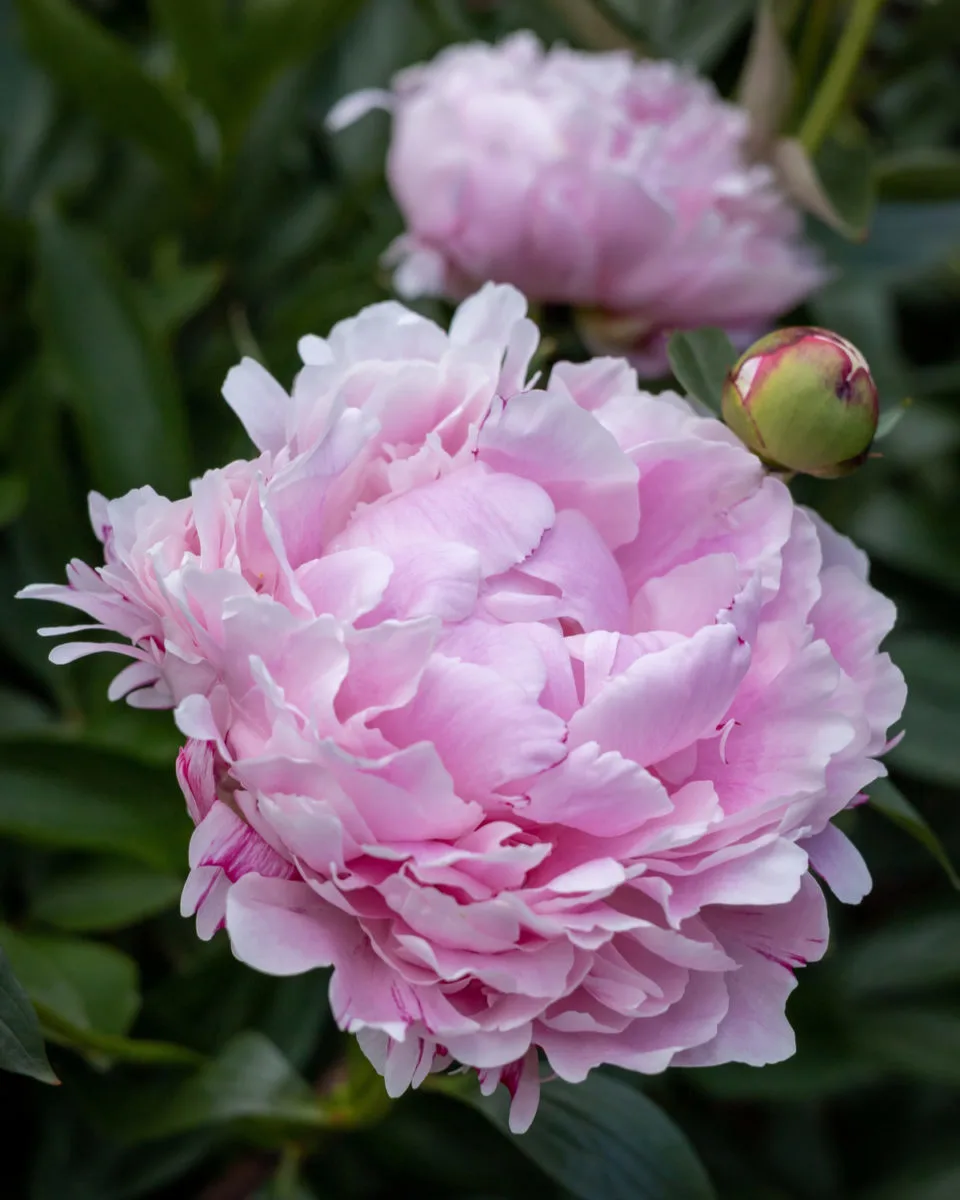
There are three different types of peonies, separated by their growth habit. Herbaceous peonies are the most commonly grown, including the popular species Paeonia officinalis and Paeonia lactiflora. They are also called bush peonies.
Tree peonies have a different growth habit and are more tolerant of warm weather. They also don’t die back in winter unless temperatures are too cold for the leaves to handle. Intersectional peonies are a combination of the two, producing the most flowers and blooming for the longest time.
Peony Flowering Season
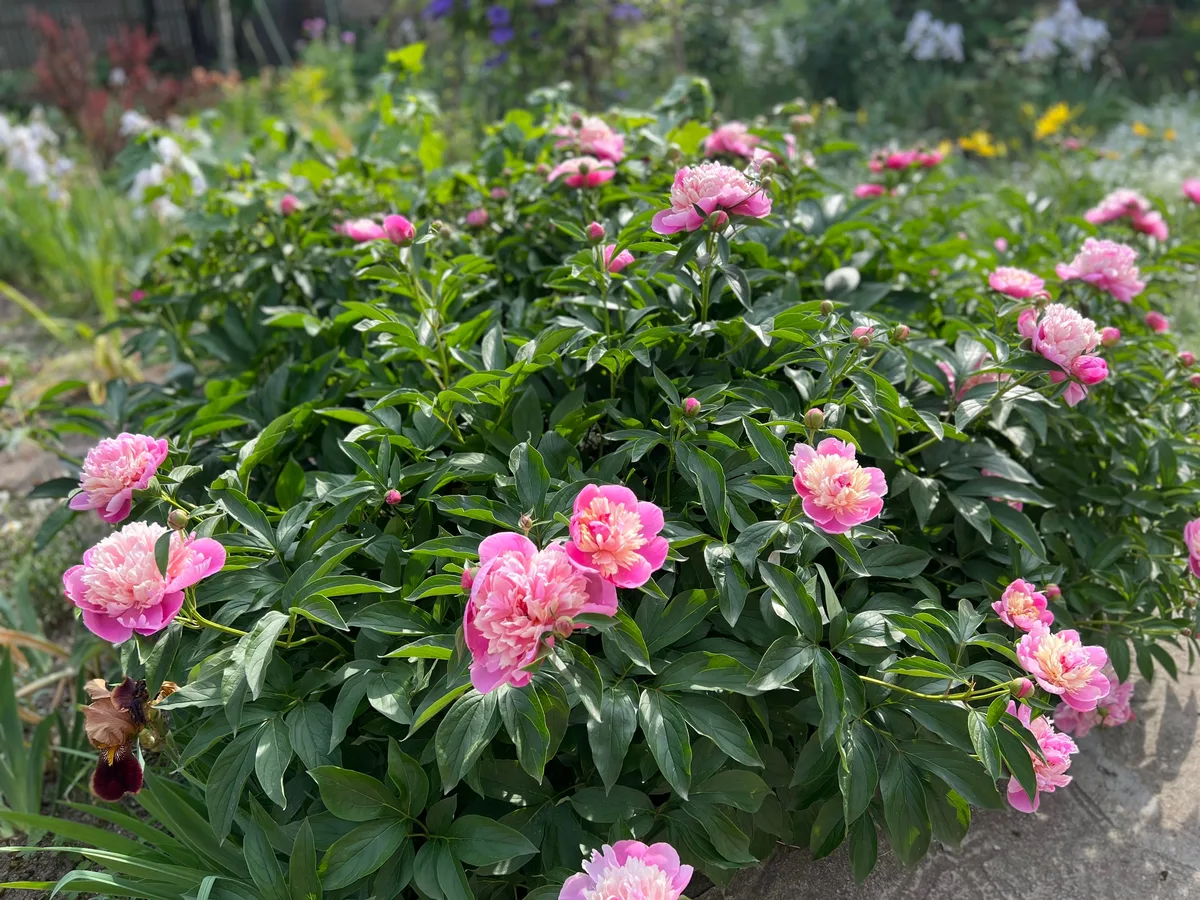
The peony flowering season is one of the shortest of all the ornamental plants. These lovely blooms appear for about a week each year when growing herbaceous types and around two weeks when growing tree peonies.
The season is impacted by climate and variety. Some bloom earlier than others in mid-spring, while others may appear as late as mid-summer. But, their very short blooming time is consistent across all herbaceous types.
As blooming is only for a short period each year, post-flowering care tasks are important to keep your peonies in good shape for the next year. These tasks are essential if you want to improve blooming and get the most flowers possible in this short amount of time.
As tree peonies don’t generally die back or need much cutting, these steps will focus on the most commonly grown peonies – herbaceous peonies.
How To Care For Peonies After Blooming
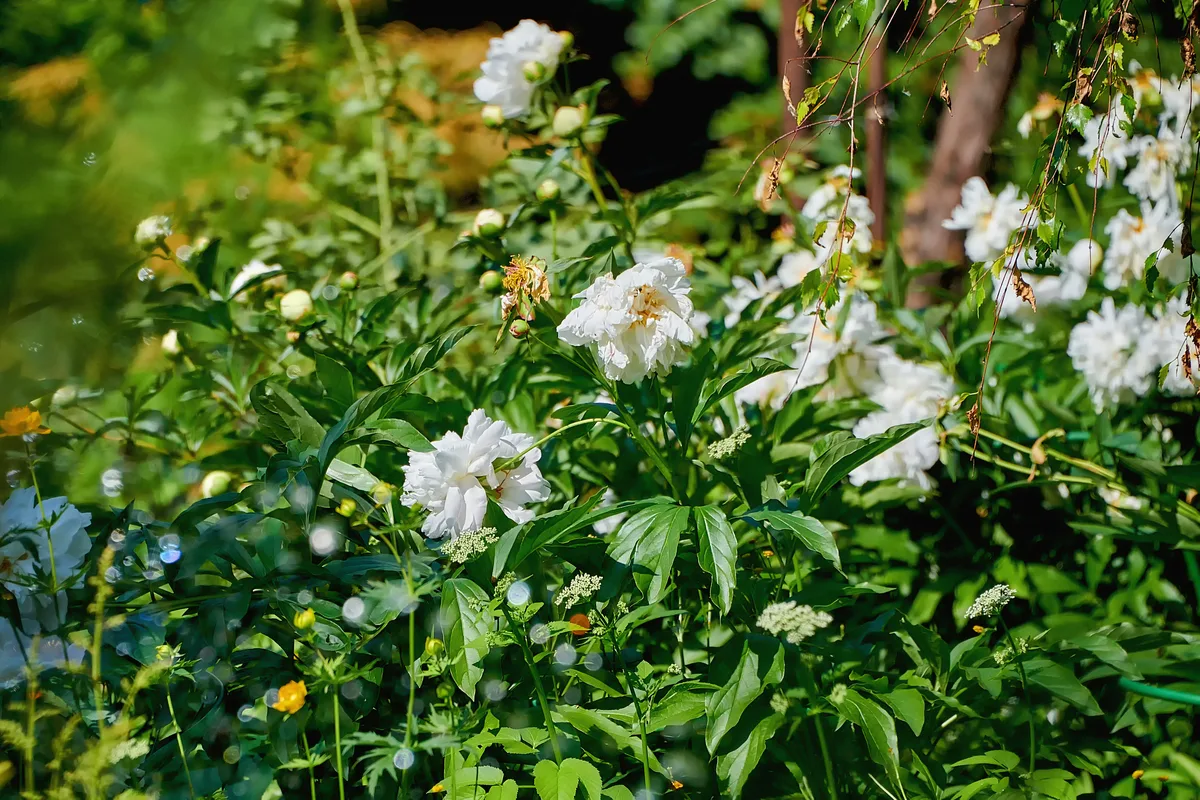
Deadhead
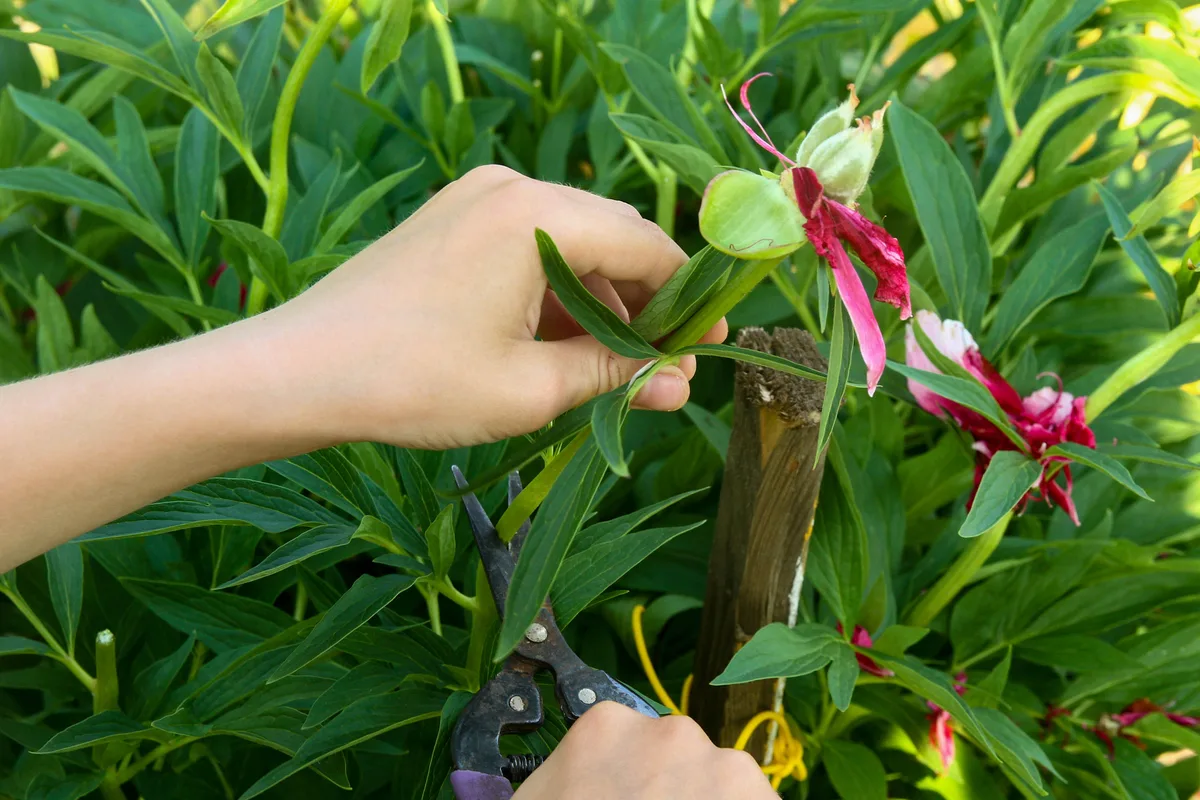
During the flowering season, regular deadheading is important to preserve the energy of the plant – not only for this season, but also for the following season. The less effort it takes for the plant to put out and maintain blooms, the more effort it can put into flowering the next year.
Deadheading also makes the plant look tidier and allows the remaining blooms to grow bigger and better. Although it won’t encourage repeat flowering, it does still have many benefits that make the practice worthwhile.
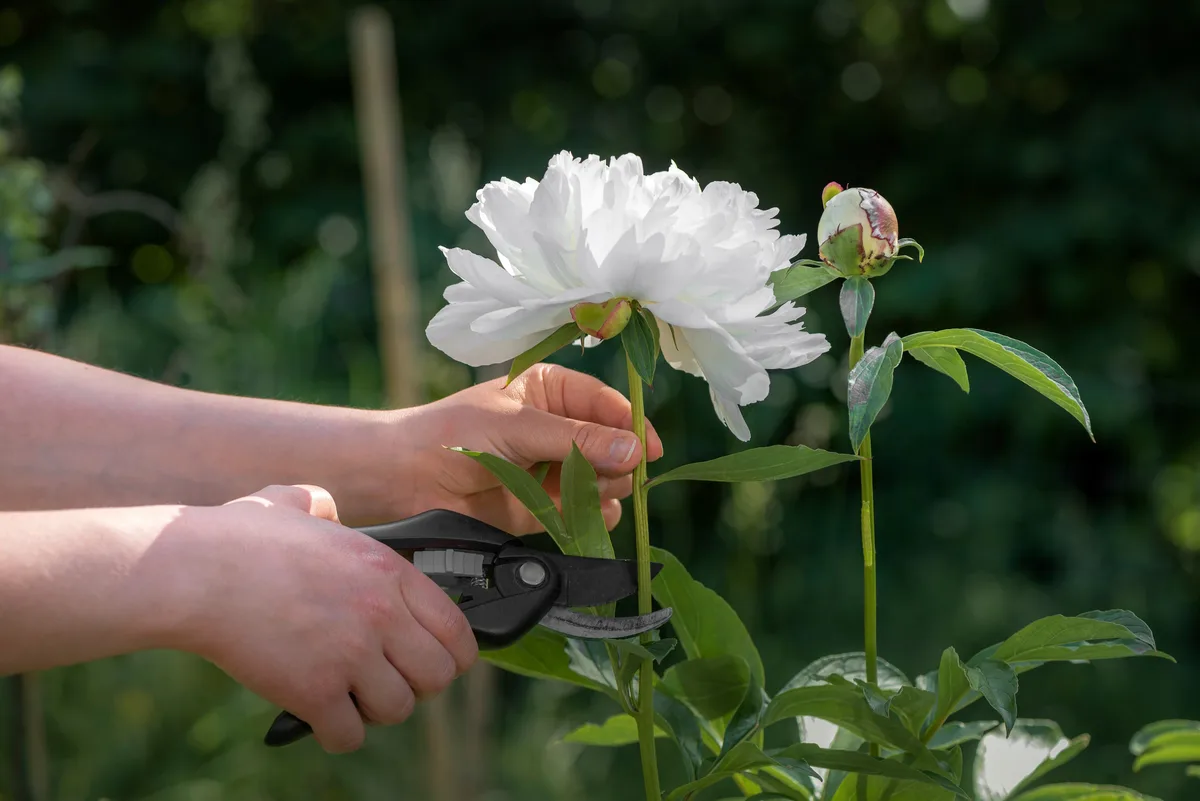
As soon as flowers begin to fade, hold onto the base of the bloom and cut off the stalk down to the first set of leaves. Trim regularly until all the faded blooms have been removed. You can enjoy the lush foliage for the rest of the season.
Fertilize
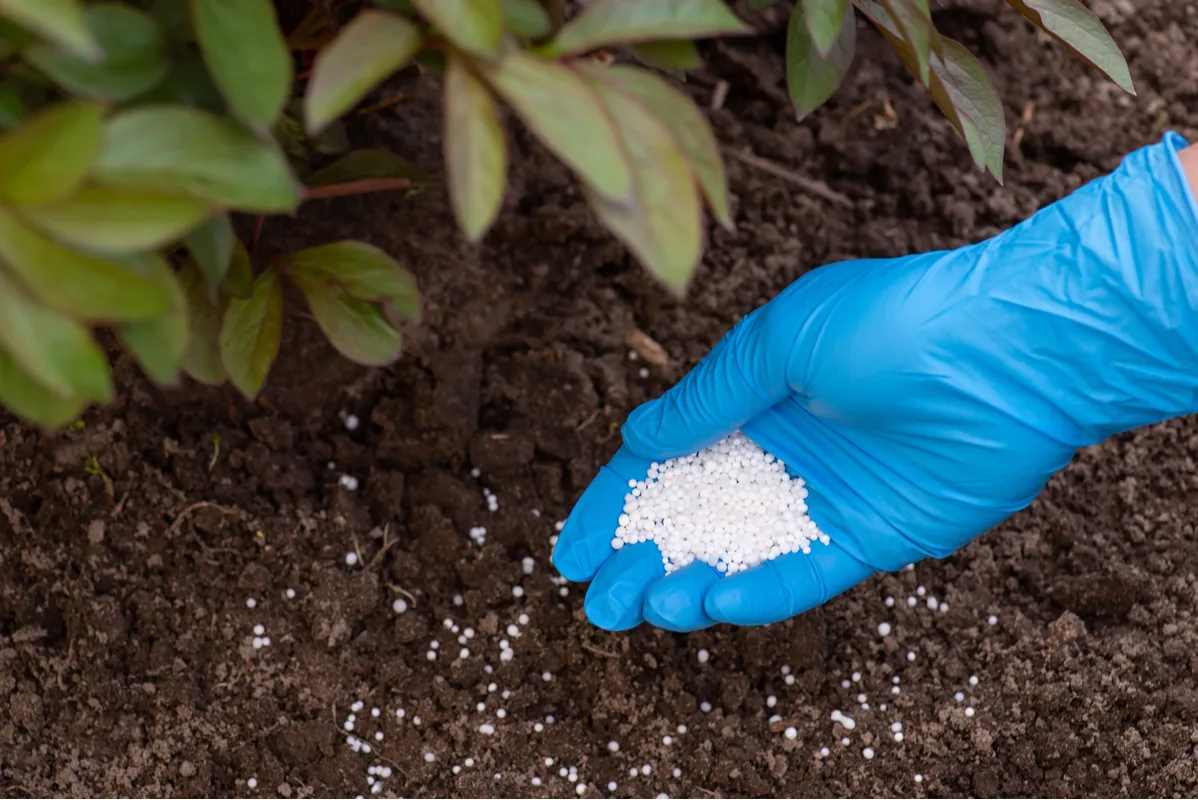
Although it may seem strange to fertilize as soon as the plant is finished flowering, this step can greatly improve your flowering the following season. (You should still be fertilizing your peonies in spring for big blooming plants.)
Flowering takes up a lot of nutrients and the soil is generally lacking soon after flowering. To replenish these nutrients and improve the soil health before the tuber goes dormant, fertilizer is a great help.
Apply a fertilizer designed for bulbs and other blooming plants. They generally have higher phosphorus and potassium values and lower nitrogen to direct the plant toward flower production over leaf and stem growth. Follow the directions on the packaging to avoid overfertilizing and damaging the roots at this critical time.
If you fear your soil is deficient in nutrients, you can also apply another light dose of fertilizer at the very end of summer. This gives the roots some time to absorb more nutrients before the plant begins to die back.
Check For Pests and Diseases
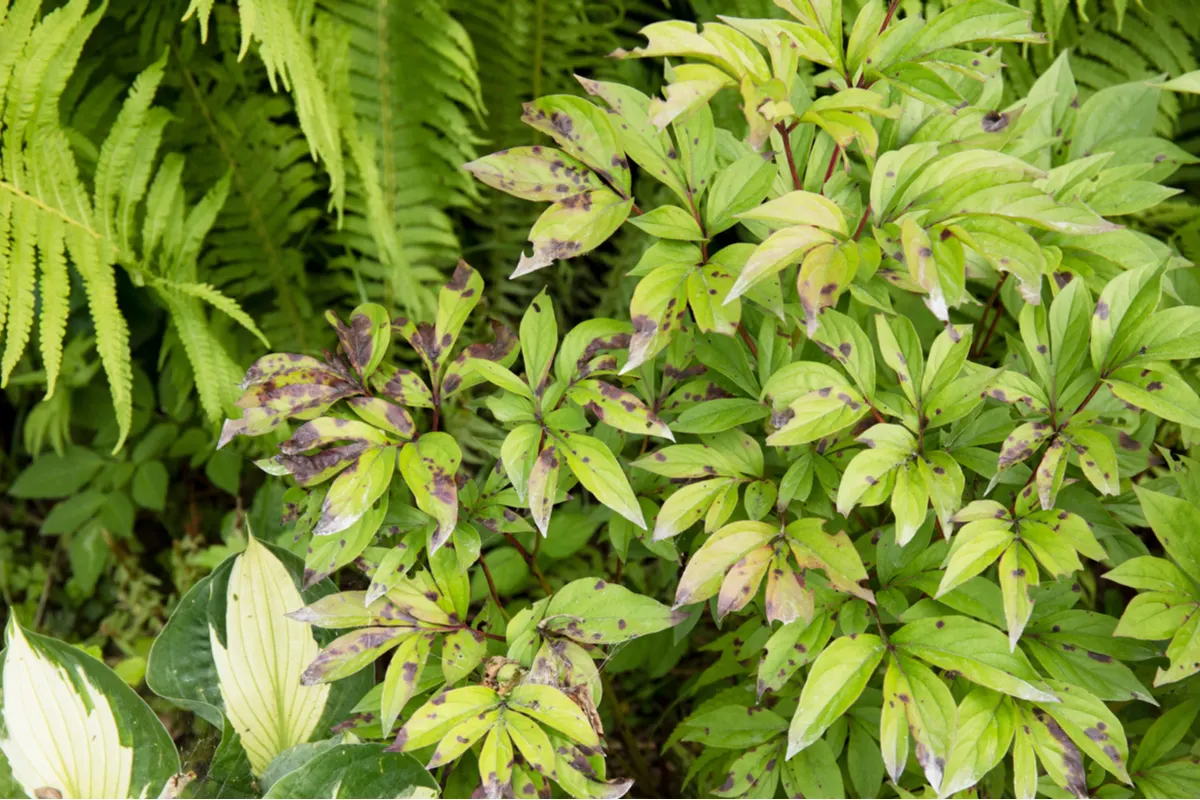
Most peonies will have finished blooming by the middle of summer, leaving glossy green foliage behind for the remainder of the season. Many tend to forget about their plants at this time, instead enjoying the cut flowers they brought indoors. However, keeping your plant healthy over summer is important if you want your peony to flower again the following season.
Peonies are not fans of high temperatures and become more stressed in hot weather. This stress makes them more vulnerable to pest and disease problems. The hotter weather is also appreciated by many pests and creates the ideal conditions for fungal growth.
Regularly check the foliage for signs of pests and diseases, even when there are no flowers around. Remove any debris around the base of the plant to stop any pests from finding shelter there. If you live in a humid area, give the plant plenty of space to prevent the development of fungal problems like powdery mildew.
Also continue to water the soil as usual, avoiding overhead watering. Peonies are not majorly susceptible to diseases, but problems always have the potential to creep in. Treat any issues as soon as you find them as these plants need all the foliage they can get in fall.
Wait For The Foliage To Brown
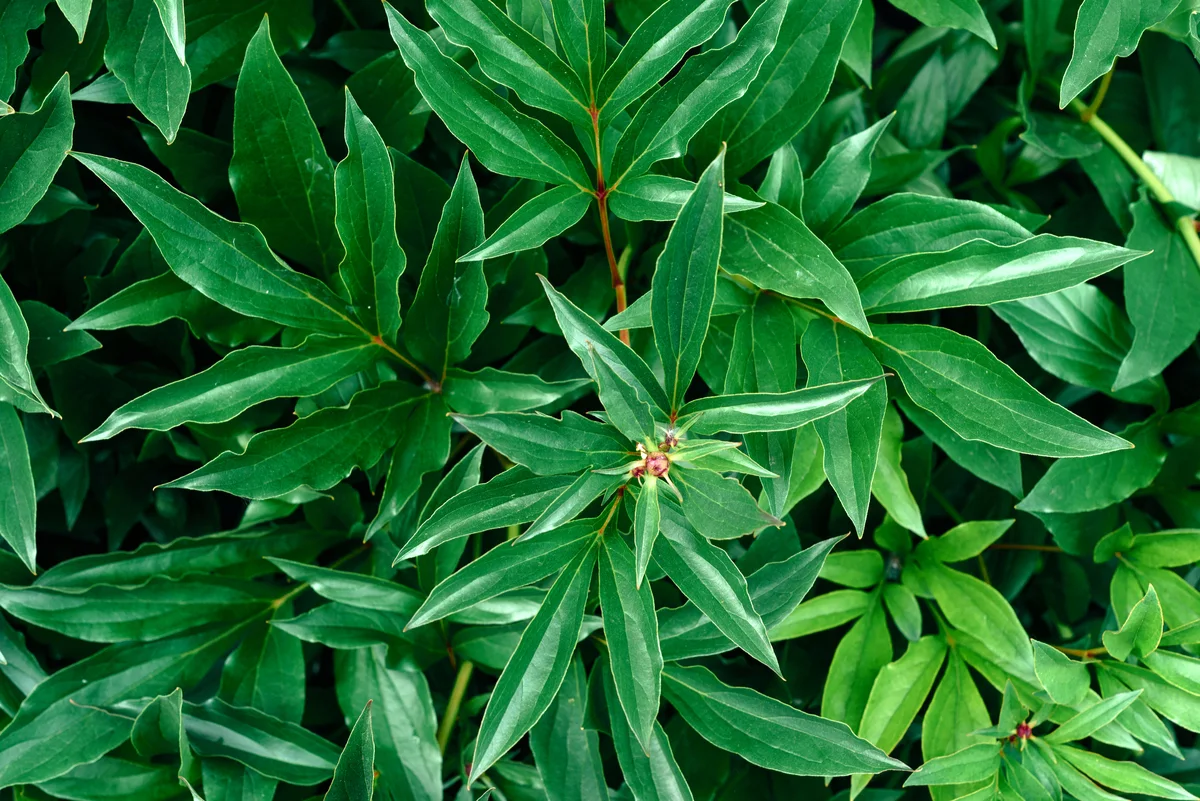
When temperatures begin to drop in fall, the leaves will start to wilt, yellow, and then turn brown as the plant dies back. This process, as untidy as it looks, is needed for the tuber to reabsorb nutrients and gain some energy to sprout again next spring.
Never cut peonies back before the leaves have begun to die back, or worse, right after flowering. The tuber won’t have time for storage, making it difficult to grow again the following season. Wait until they have begun to brown before you get your shears ready.
Cut Back
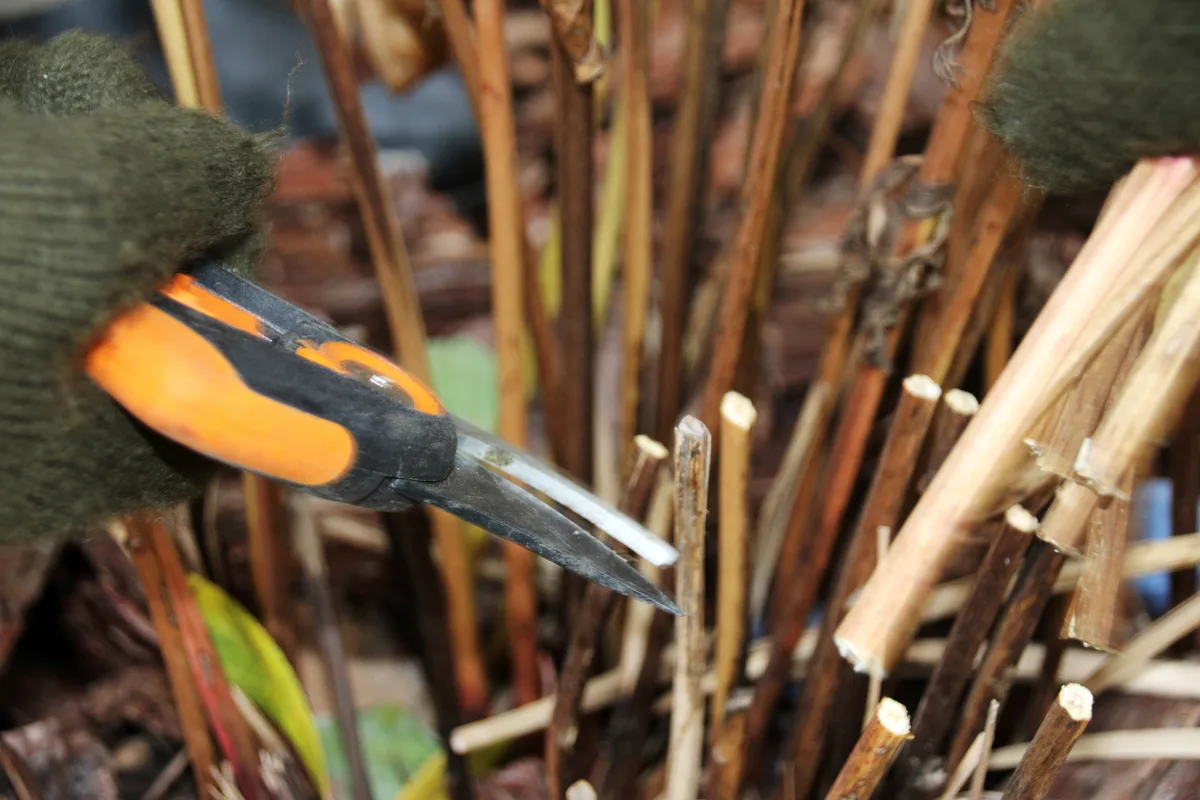
While it is important to wait a while before cutting back the leaves, don’t leave dead foliage around the plant for too long. This debris provides a safe haven for pests and diseases, not only affecting your peonies but the other plants in your garden.
Trim the leaves and stems down to the ground, removing all the growth above the soil line. Use sharp shears to make the process quick and easy.
Mulch
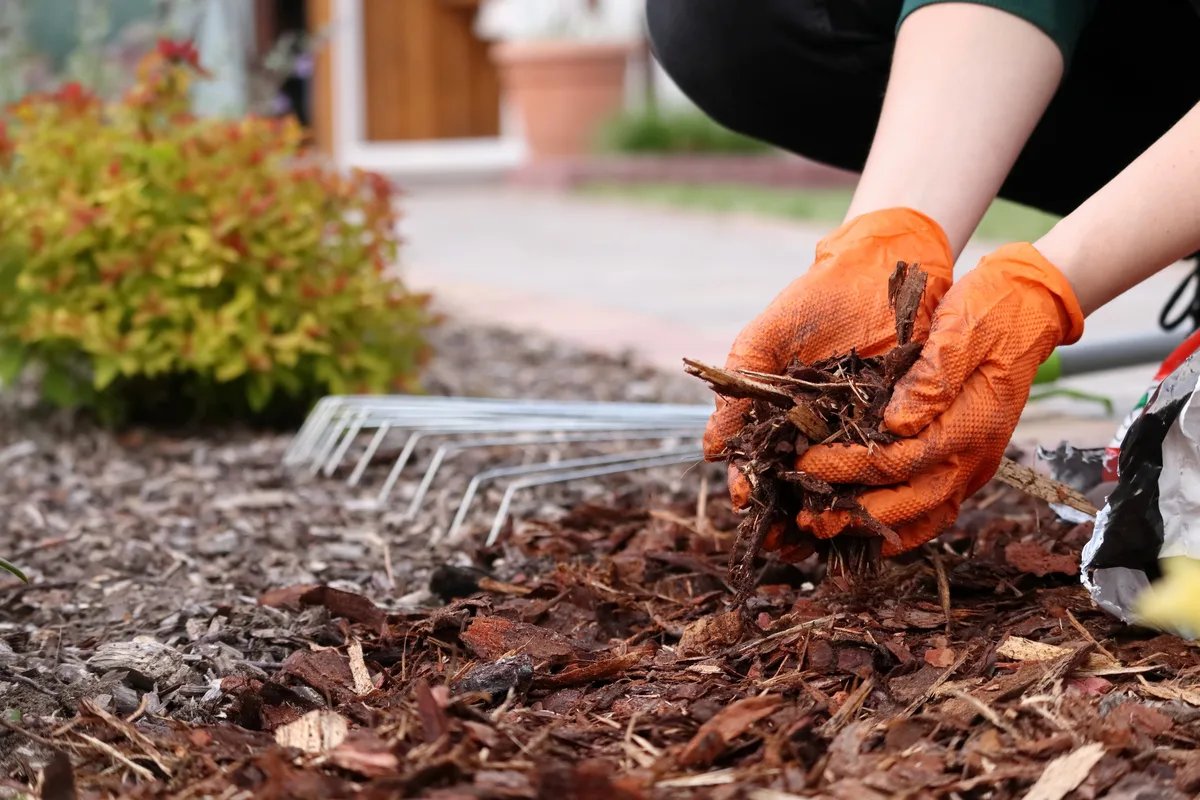
After cutting back, apply a layer of organic mulch around three inches thick over the top of the soil. This insulates the soil, protecting the tubers from any damage during severe cold. They need a period of cold to trigger flowering later in the season, but will become damaged if left unprotected in Zones 2 down.
After mulching, the hardest part is waiting until the weather warms before these gorgeous plants begin growing again. With consistent care, they can last well over 20 years and may even outlive their owners.
